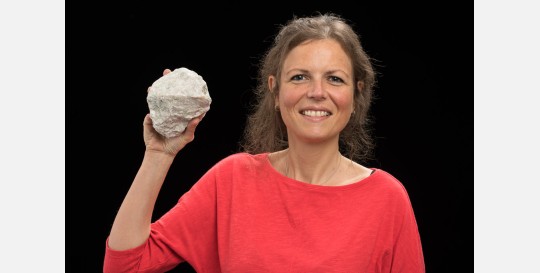New Atlas shows where to find Critical Raw Materials in Belgium
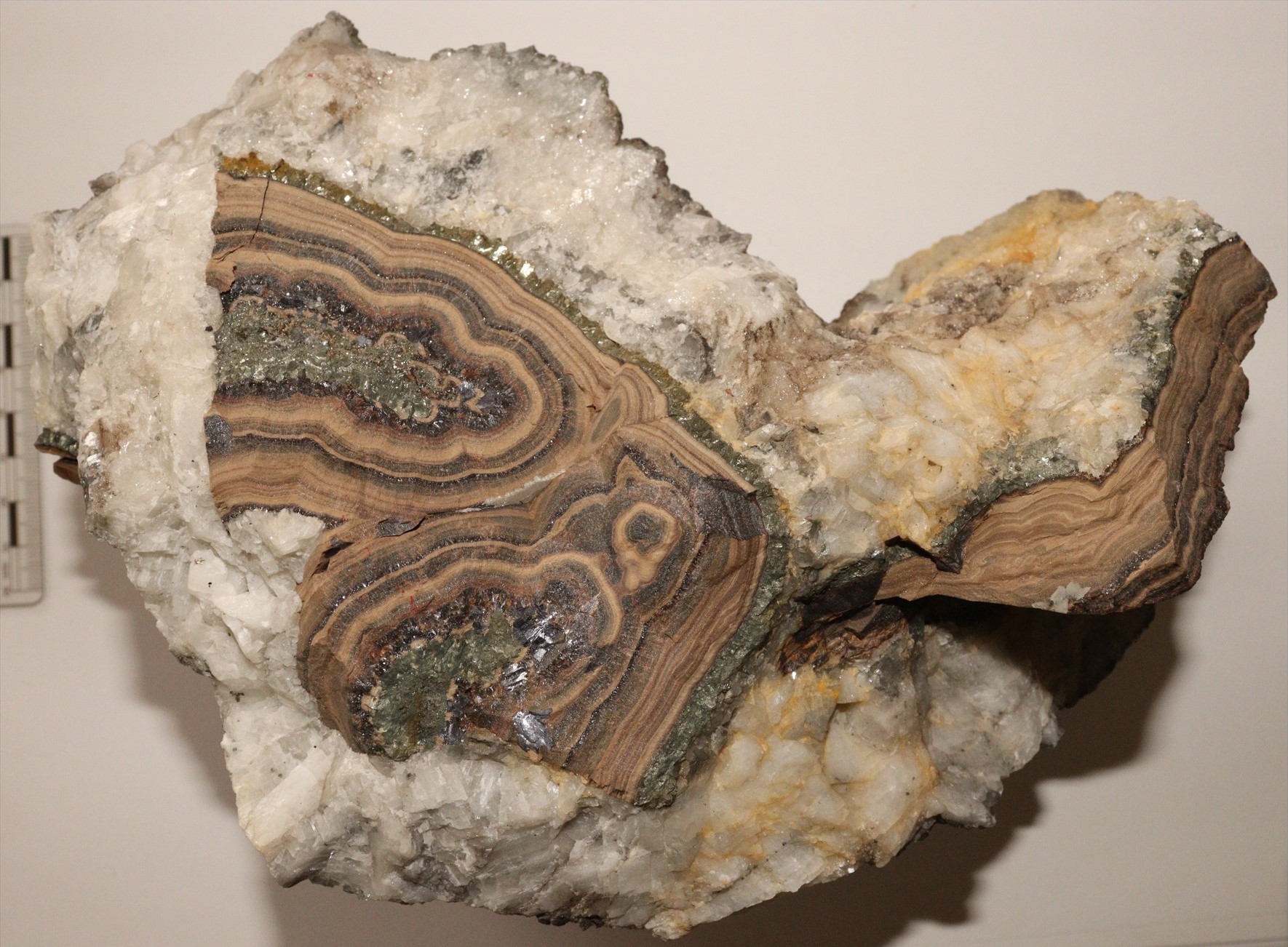
A team of Belgian geologists has mapped out where critical raw materials, such as lithium for batteries, rare earths for wind turbines, and copper for power grids, can still be found in Belgium. “We don’t know enough about our subsoil yet,” says geologist Sophie Decrée (Institute of Natural Sciences). “It’s time to explore it further.”
Mining is back on the agenda. Europe aims to extract 10% of its critical raw materials domestically by 2030 to reduce dependency on countries like China for the development of green technology. Materials are deemed ‘critical’ if they are difficult to substitute, if most consumer countries rely on imports, and if their supply is dominated by one or a few producers. The European Commission has identified 34 such materials, including bauxite, copper, gallium, lithium, manganese, silicon, and rare earths.
What Critical Raw Materials can be found in the Belgian subsoil, where exactly, how much, and what is their potential? Under the impetus of the Geological Survey of Belgium, part of the Institute of Natural Sciences, a team of geologists - also from the universities of Ghent, Liège and Mons - brought together all current knowledge in The Critical Raw Materials Atlas of Belgium.
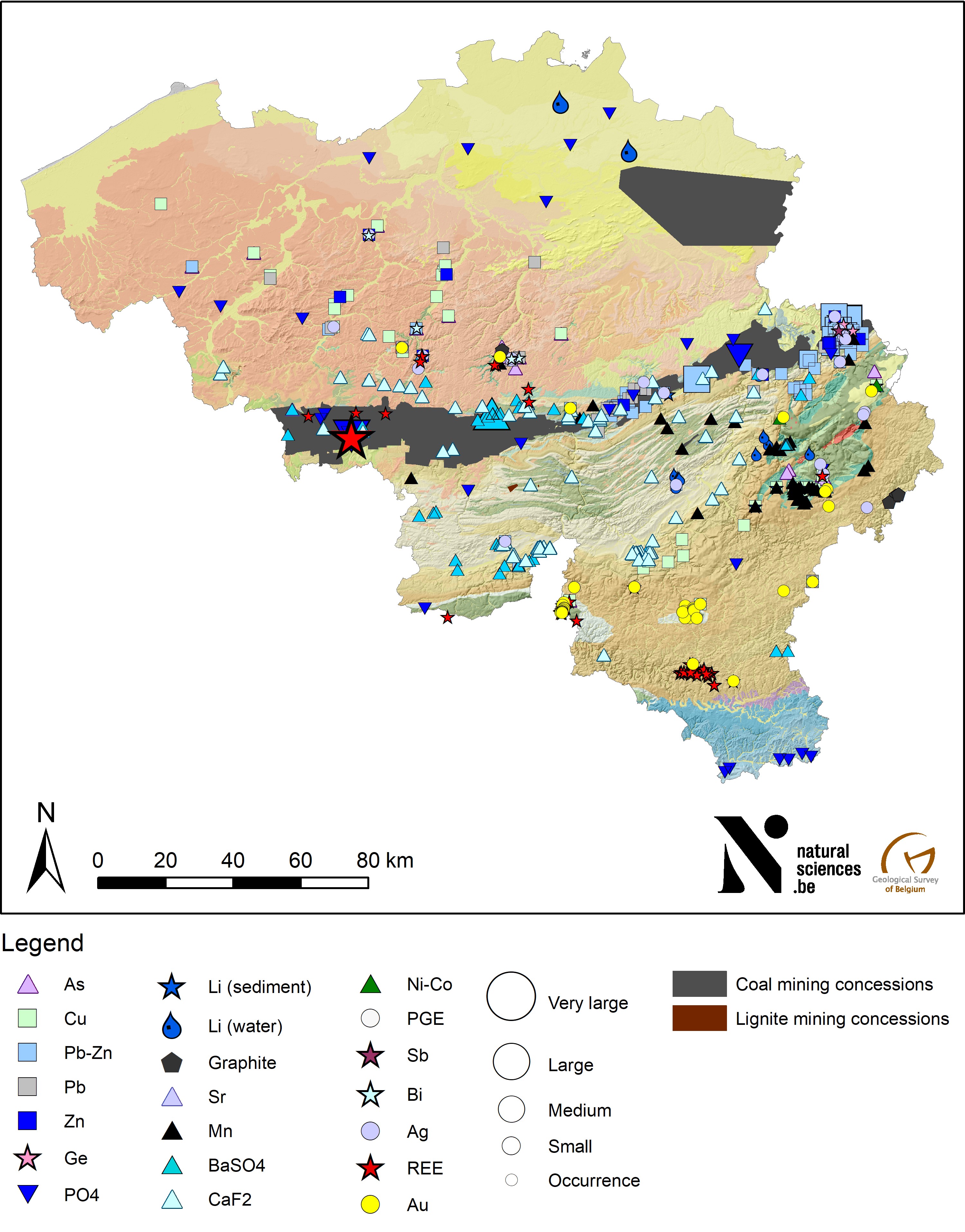
Possible Targets
“We used historical sources about quarries and now-closed mines, as well as data from core drillings and geophysical measurements,” says geologist Sophie Decrée. “But these are not enough to fully map our subsoil. There are still many gaps. The atlas is a starting point and offers some interesting leads for further exploration.”
For instance, the Stavelot Massif contains rocks enriched with manganese and lithium. The Mons Basin holds the second-largest sedimentary phosphate rock (apatite) reserve in Europe. Phosphate can be used as fertilizer in agriculture but also as a source for lithium-iron-phosphate batteries. Phosphate minerals often contain rare earths, which could become an interesting byproduct.
The atlas also highlights another promising area besides phosphate: the large lead-zinc reserves in the east of Belgium and along the Meuse. Belgian zinc was a significant export product in the 19th century. Decrée explains: “Zinc is not a critical raw material, but it is often needed in new technologies. And it is frequently found alongside critical metals such as indium, gallium, and germanium. So it is interesting to investigate the concentration of these important metals in the zinc deposits.”
Other leads include sulfide deposits in the south of the Brabant Massif, containing various associated metals (such as copper, bismuth, and arsenic), old mine waste materials that may still contain useful metals, and lithium present in the water pumped up by deep geothermal energy.
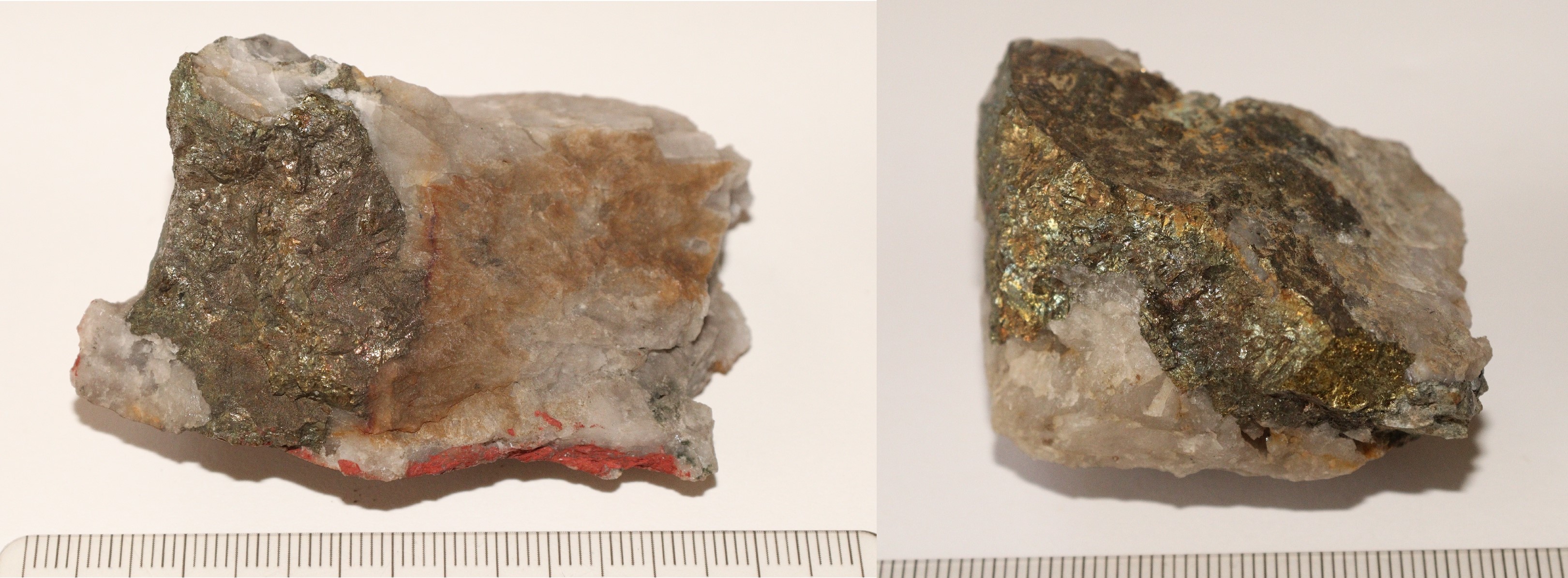
21st Century Mining
The European Commission's Critical Raw Materials Act encourages member states to better map their subsoil in the search for Critical Raw Materials. However, starting a new quarry or mine is not straightforward. Open quarries may mar the landscape, and Belgium is densely populated – 383 people per square kilometer – making it increasingly difficult to develop new mining activities. Moreover, the Belgian population has mixed memories of the coal mines, which employed hundreds of thousands of miners in the 19th and 20th centuries under harsh conditions, with the Bois du Cazier disaster (Charleroi) as a low point.
This is why geologists and engineers, including those from the Institute of Natural Sciences, are developing and testing mining robots. These robots could use lasers to search for desired minerals underground and extract them with precision, minimizing waste production and eliminating the need for humans to go underground.

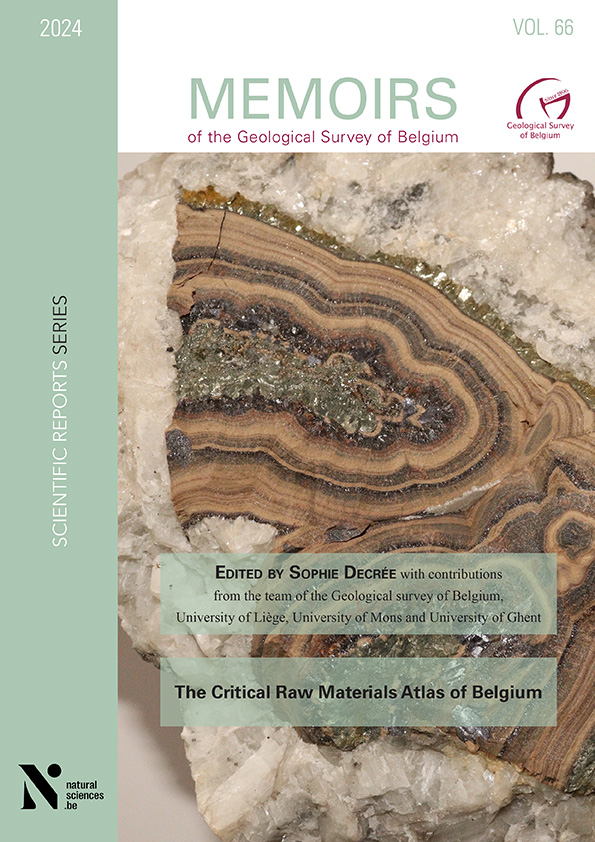
The Critical Raw Materials Atlas of Belgium provides an up-to-date overview of the deposits and occurrences in Belgium for critical and important raw materials, crucial for Europe’s green transition. Besides maps and information on the types of mineralization, it also offers insights into potential future exploration endeavors.
You can order the atlas (25 euros + shipping costs / PDF version 20 euros) via gsb@naturalsciences.be.
